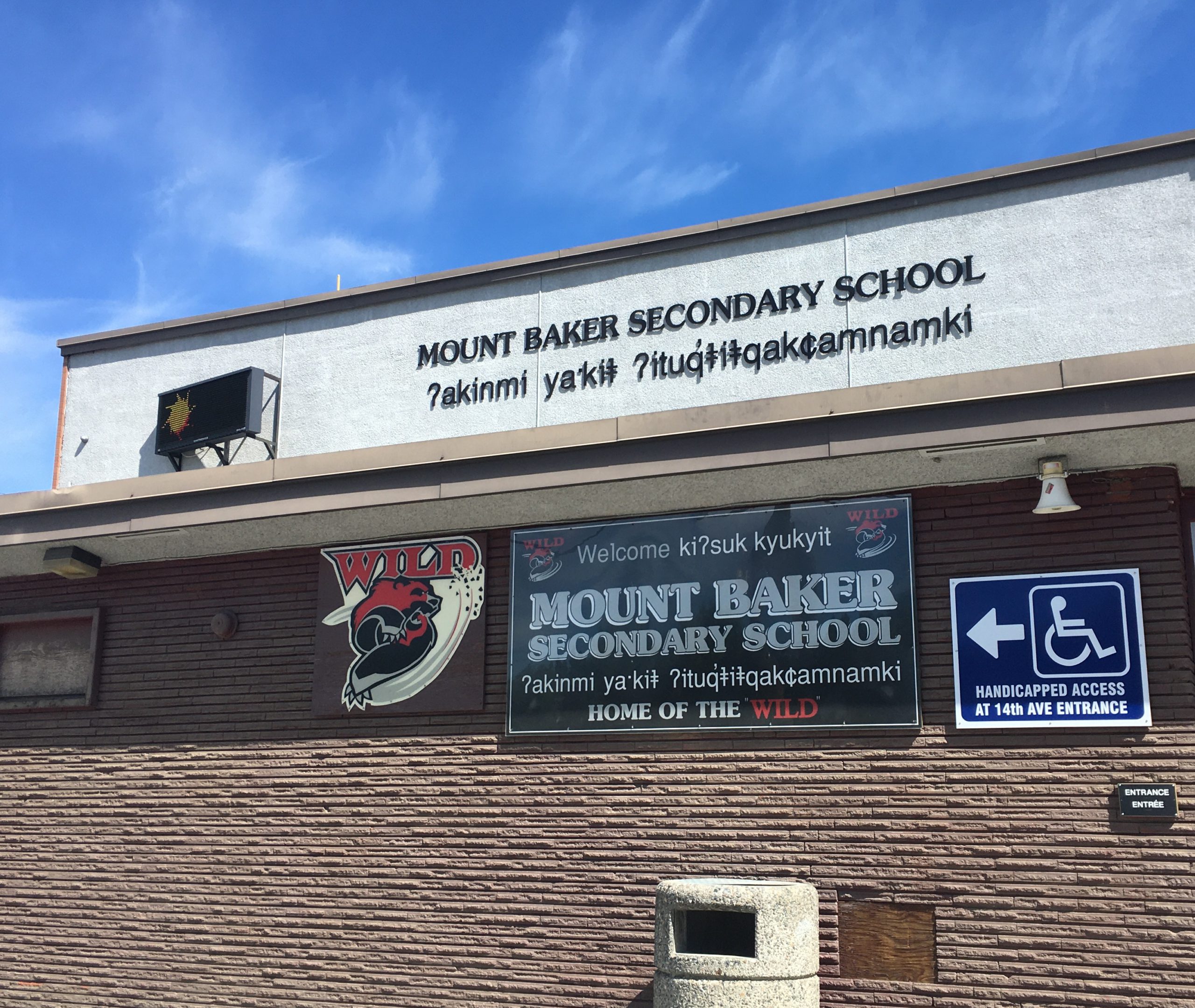School District 5 (SD5) passed a balanced budget of just under $74.4-million alongside a presentation of its “Needs Budget” at a meeting of the Board on June 17th.
“This “Needs Budget” reflects the educational reality of District needs rather than the budgetary reality of government grants,” said Frank Lento SD5 Board Chair. “We need government to recognize this reality and to work with Boards constructively to ensure a strong public education system.”
The Board approved this year’s budget for SD5 at $74,391,479 at a special meeting of the Board, alongside a presentation on what the school district feels must be addressed.
SD5 said that its Board of Education feels that more investment is needed to help out the students within its jurisdiction, even though the Ministry of Education under the NDP government has increased public education funding.
“Government is well aware that the K-12 system is experiencing cost pressures as a result of inflation, and ageing school facilities,” said Trustee Chris Johns. “This information, along with a number of recommendations, continues to be provided to them in the Select Standing Committee’s annual budget reports.”
The school district pointed out three concerns that it feels need to be addressed: building a middle school in Fernie, renovations in Cranbrook’s Mount Baker Secondary School, and increased special education funding to meet the needs of all students across the district.
According to SD5, Fernie is the fastest growing community of its kind in Canada. As stated in a presentation Johns made to the Board, Isabella Dickens Elementary School will soon be installing its eighth and ninth portables to accommodate its growing student population. Johns added that the school is predicted to have 626 students enrolled for the 2020/21 school year.
“We’re anticipating that this growth is going to continue, and to continue to add portables at the cost of $100,000 plus their actual on-site construction is not a prudent use of taxpayer money. We’re opposing a middle school go there, and the Ministry of Education is working with us to achieve that,” said Johns.
According to Johns, it will take at least three to four years before a new school could possibly open up in Fernie, with portables being used as a temporary solution until then.
In Cranbrook, the 70-year-old Mount Baker Secondary School (MBSS) has been showing its age. Johns said that $400,000 in emergency repair grants was needed to fix issues with the music and drama room to maintain structural integrity.
The school district has been linking into a means to repair or replace the ageing building. The problem, according to Johns, is that a complete replacement could cost around $70-million and will likely only be 70% of the size of the current building.
“We would lose the area that we have for shops, we would lose the prep areas that we have and the science labs. There’s a number of negatives with respect to doing a complete replacement, let alone the fact that we’ve been working as a school district in excess of 10 years to get a replacement and we have not been successful,” explained Johns. “We’re looking at a number of major renovations staged over a number of years, and we’re in the process of talks with the Ministry to determine how to best go about doing that.”
Johns added that the renovations would cost somewhere between $20 and $30-million, which would be a more cost-efficient solution for the distinct and the Ministry of Education.
Lastly, SD5 said the need for increased special education funding to meet the needs of all students has been a long-standing issue.
“We are having to take something like $4-million a year from our general funding for all of the students and funnel it into special education,” said Johns. “Special education needs are increasing as the years go by and the funding we’re getting from the ministry is not keeping up.”
According to SD5, the 1% increase this year was not enough to adequately fund special education, and the Board estimated that an additional 6.4%, or $4-million, increase was needed to meet the needs of students.
Johns added that he is hopeful that by drawing attention to the issue, the Ministry of Education will provide more dedicated special education funding.




